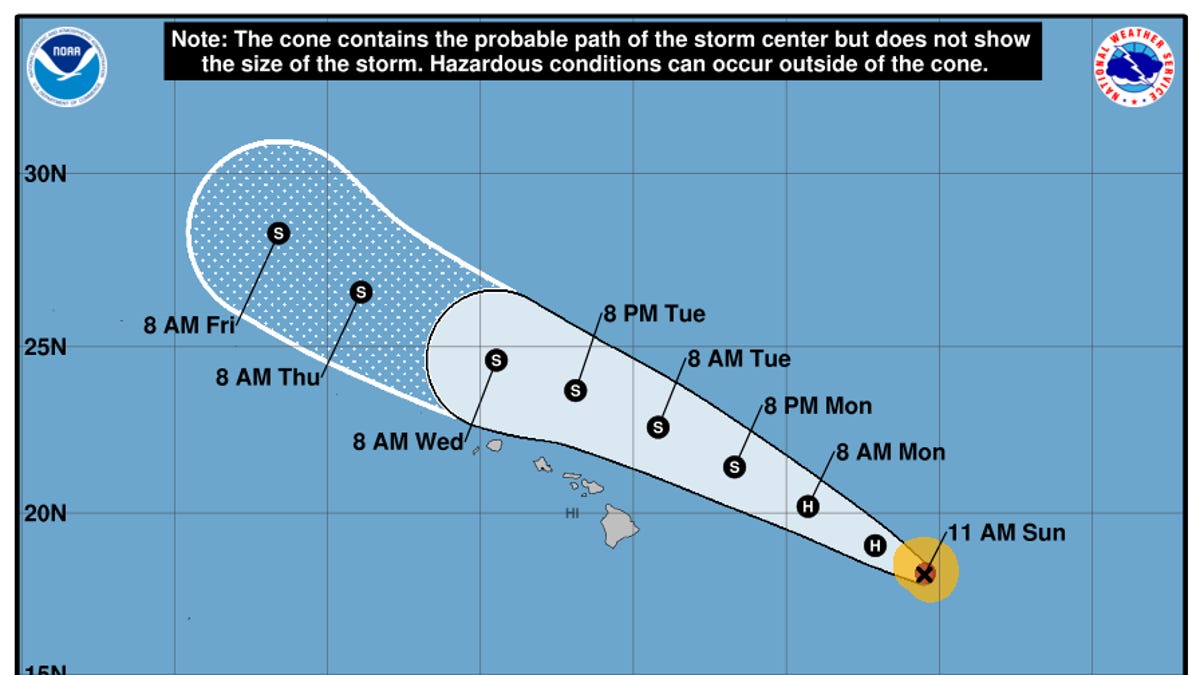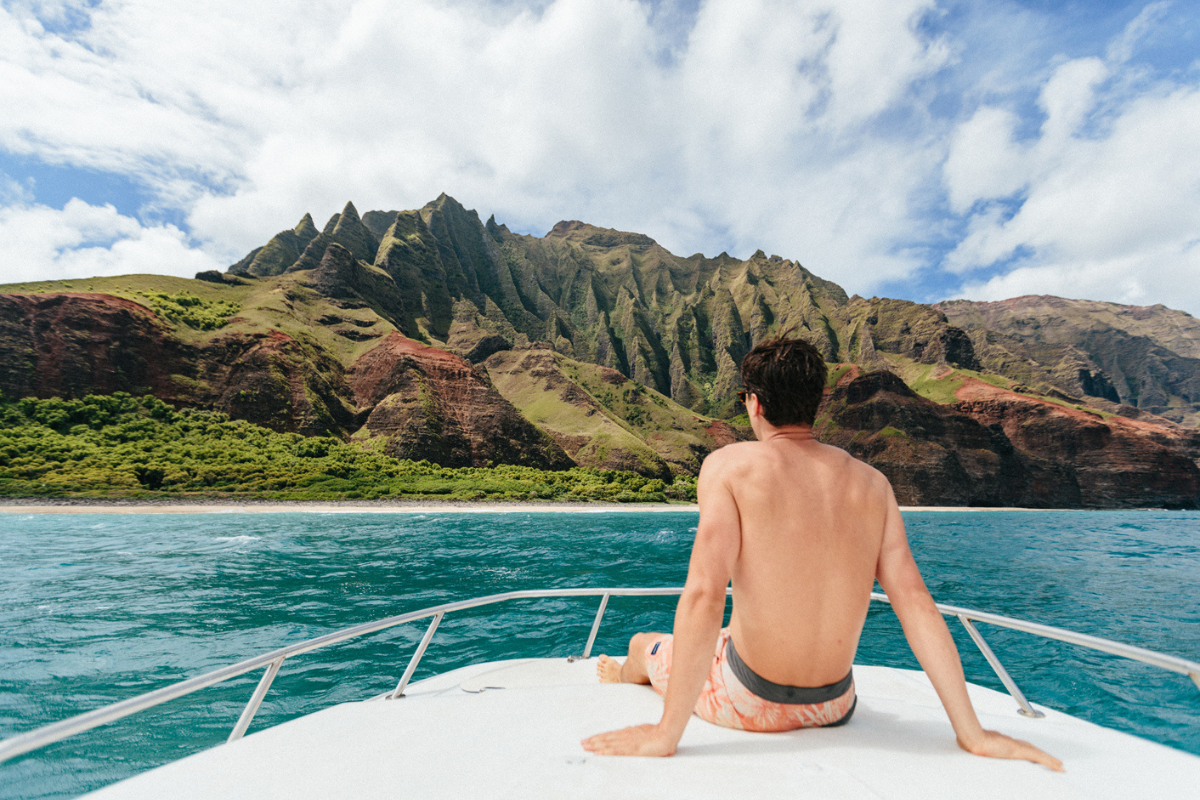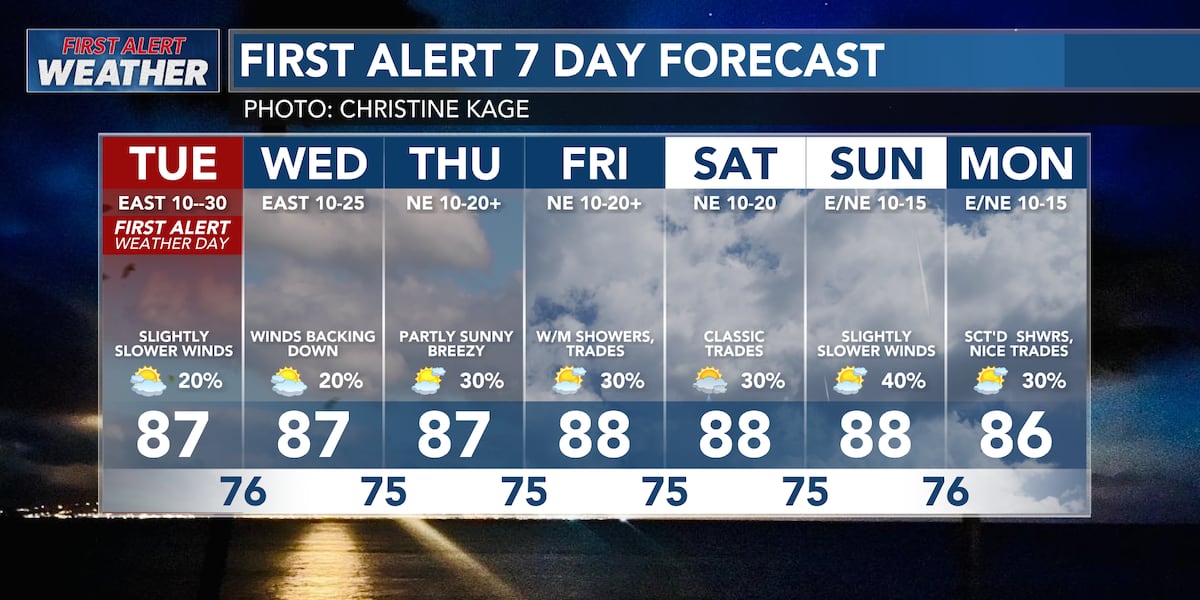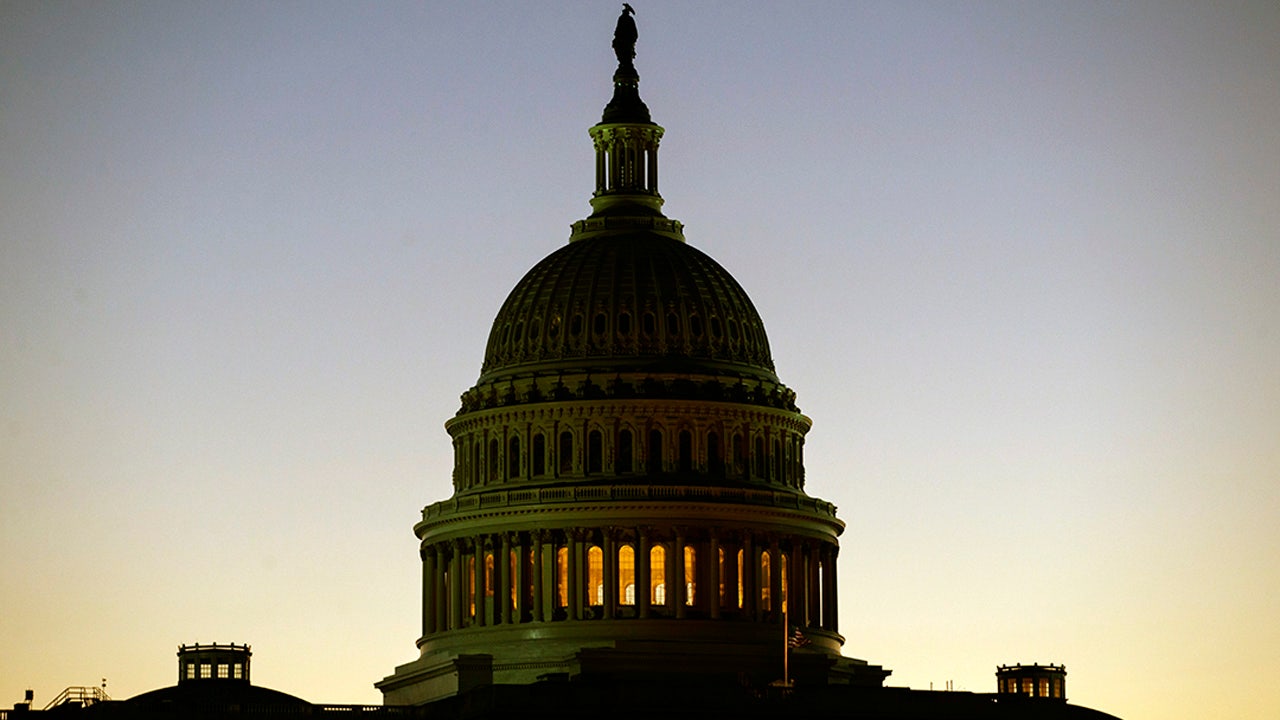Hawaii
Ancient bones and endangered species are at risk on Polihale Beach

A full moon is about to rise over Hawaii’s longest, spookiest beach, and three of my fingers are dripping blood. Note to self: Don’t reach through broken windows to help people retrieve the keys they locked inside.
As my blood pools in the fine, vanilla sands of Polihale Beach, I consider the significance of this place for Native Hawaiians. Bones of their ancestors are interred in the coastal dunes, and this is also the sacred site of ancient temple ruins, where souls of the dead are thought to depart for “Po” — the underworld. If I bled out here, I reason while putting on Band-Aids, my soul wouldn’t have far to go. Of course, it’s been quite an ordeal getting to this wild, remote beach in the first place.
Advertisement
Article continues below this ad
The first time I heard about Hawaii’s longest stretch of sand — 17 miles of Kauai’s western side, to be exact — it was from a local who told me to be careful. The road is full of potholes, she explained, and when it rains, it can flood and become impassable. Rental companies often don’t allow customers to drive vehicles to Polihale, she said, and the rip currents can be deadly. Also, big tiger sharks are known to frequent the area, and at least one swimmer has simply disappeared.
Cellphones probably won’t work, she continued, and sometimes vagrants harass visitors or break into vehicles. If I was planning on camping alone, she recommended sleeping in a vehicle rather than in a tent and “feeling it out” before going to bed.
It’s also important to know that the beach park has been a sore subject lately.
Advertisement
Article continues below this ad
Visitation has been on the rise, and locals who grew up camping, swimming and fishing at Polihale have become concerned for the natural and cultural resources, according to a recent survey conducted by the Hawaii Department of Land and Natural Resources’ Division of State Parks. During the pandemic, as many as 1,000 people showed up at once to camp, and officials closed the beach for two years. Visitors must now pay $30 per night for a permit (it’s $20 for Hawaii residents), and the park website warns park users to “behave as expected or we will be forced to close Polihale again.”
Locals created this sign asking visitors not to behave badly on Hawaii’s sacred Polihale Beach.
Ashley Harrell/SFGATEJust a day before my trip, I secured the permit and set out with my partner, Jonah, for the isolated, 130-acre beach park with a vehicle full of camping supplies. We drove by the entrance to the Pacific Missile Range Facility at the end of the paved road and also the site of Mana Camp, a once-thriving sugarcane plantation town where only a cemetery remains. Soon after our vehicle began bouncing along the heavily rutted dirt road, I lost cell service. Our rickety SUV — which I picked up through a carshare app — somehow survived the half-hour journey out to the beach.
We have a newsletter all about Hawaii, with news, tips and in-depth features from the Aloha state. Sign up here.
Advertisement
Article continues below this ad
When we weren’t gritting our teeth, we were enjoying the sights: a large monkeypod tree welcomed us to Polihale State Park, and we also stopped to admire the Queen’s Pond, a series of tide pools where swimmers can enjoy the protection of a fringing reef. We drove to the very end of the dirt road, where just a few vehicles and tents dotted the coastline, and facilities included picnic areas, bathrooms and showers.
A tent on Polihale Beach, the longest stretch of beach in all of Hawaii.
Ashley Harrell/SFGATEWe selected a sandy campsite with views of the expansive ocean and the faraway island of Niihau in one direction and the soaring cliffs of the Napali Coast in the other. After setting up our tent, we frolicked beside the wide, soft dunes reaching 100 feet high. We swam in the rough surf as the sun sank behind some thin clouds on the horizon, ducking under big waves and watching carefully for rip currents. Coming in, I made the mistake of turning my back on the sea. Before Jonah could warn me, a giant wave snuck up and slammed me face-first into the sand. I was OK, so we were able to laugh it off.
As the day’s light faded, a few more visitors trickled in. Some drove on the beach, which is illegal because it threatens the natural and cultural resources. A new master plan for the park is in the works, with priorities that include a new preservation area encompassing the entire dune system. The idea is to protect the beach’s endangered lauehu and ohai plants, as well as the sacred skeletal remains of Hawaiian ancestors buried in the sand, which are known as iwi kupuna.
Advertisement
Article continues below this ad
One truck got temporarily stuck in the sand near our campsite, and the driver had to let air out of the tires to escape. Normally, he would park and sleep down closer to the water, he said, but tonight there would be both a full moon and a king tide, and it was hard to say how high up the water might come. He said he’d lived on the island for 53 years, and it was his favorite spot.
Later that night, as the full moon rises from behind cliffs and illuminates the beach, we cook steaks by headlamp with our toes in the sand. The sound of the waves and the wind eventually lull us to sleep, and in the morning, we swim again and hike along the shore, where crabs scuttle over the rocks.
As we’re getting ready to drive out, a woman camped nearby tells us she was paddling her surfboard around that morning when a Hawaiian monk seal swam up to hang out. These endangered creatures are regularly spotted in the area, and during the two years the park was closed to the public, two monk seal pups were born on the beach.
Advertisement
Article continues below this ad
We scanned the coastline, hoping to catch a glimpse of one ourselves but didn’t have any luck. On the next trip to Polihale Beach, we’ll definitely have to stay longer.
Editor’s note: SFGATE recognizes the importance of diacritical marks in the Hawaiian language. We are unable to use them due to the limitations of our publishing platform.

Hawaii
Hawaii Set to Host First State Surfing Championship in 2026
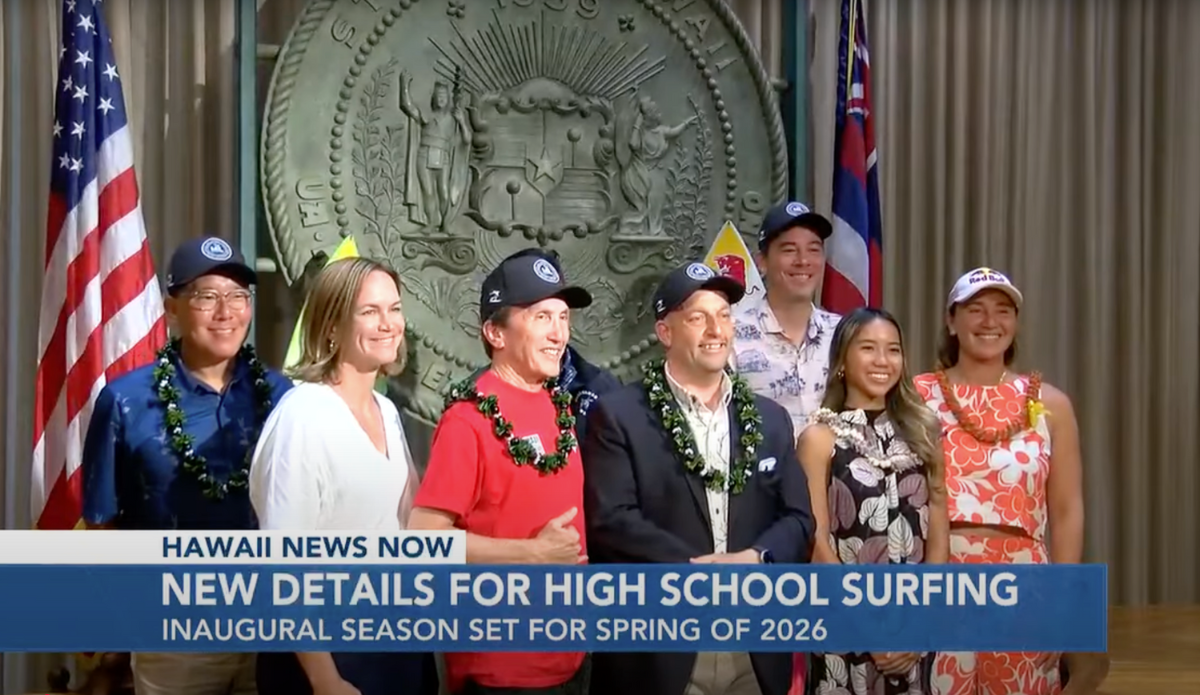
Hawaii Governor Josh Green was joined by Carissa Moore Monday to announce the 2026 Hawaii High School Athletic Association (HHSAA) surfing competition. The contest will be held at Hookipa Beach on Maui’s north shore on May 1 and May 2 and will cap off the first school year in which surfing is an official team sport at the prep level in the Aloha State.
HHSAA announced that surfing would be added to its spring 2026 schedule back in July after Gov. Green signed a bill providing $685,000 in funding for the state’s interscholastic leagues. Prior to that, athletes like Carissa Moore were left with traveling to compete as individuals representing their schools in NSSA events.
“It would’ve been cool to have a few more of my peers alongside me competing and doing it together, and representing something bigger than ourselves,” Moore told the media on Monday. She joked about the complications it created as a student, making up missed P.E. credits with laps around the track at Punahou School. “Surfing is a very individual sport, and I think this team aspect is so important and something that I missed out on as a young person.”
The May 2026 event will include competition categories for both boys and girls in three different disciplines: shortboard, longboard, and bodyboard.
“The Maui high schools have competed for 19 years as an unofficial club sport and then from 10 years ago, we’ve been competing as an official MIL sport,” said Maui Interscholastic League surfing co-coordinator Kim Ball. “So you can imagine the enthusiasm and excitement after 29 years that we’re finally going to have a state championship. The county of Maui and our MIL surf crew will do all we can to make it a memorable event.”
The news is being celebrated around Hawaii for the sport’s importance within the state’s culture and history. Beyond that, however, it makes Hawaii the first state in the U.S. to recognize surfing as a state champion team event.
Hawaii
Shohei Ohtani’s lawyers claim he was victim in Hawaii real estate deal

HONOLULU — Dodgers star Shohei Ohtani and his agent, Nez Balelo, moved to dismiss a lawsuit filed last month accusing them of causing a Hawaii real estate investor and broker to be fired from a $240-million luxury housing development on the Big Island’s Hapuna Coast.
Ohtani and Balelo were sued Aug. 8 in Hawaii Circuit Court for the First Circuit by developer Kevin J. Hayes Sr. and real estate broker Tomoko Matsumoto, West Point Investment Corp. and Hapuna Estates Property Owners, who accused them of “abuse of power” that allegedly resulted in tortious interference and unjust enrichment.
Hayes and Matsumoto had been dropped from the development deal by Kingsbarn Realty Capital, the joint venture’s majority owner.
In papers filed Sunday, lawyers for Ohtani and Balelo said Hayes and Matsumoto in 2023 acquired rights for a joint venture in which they owned a minority percentage to use Ohtani’s name, image and likeness under an endorsement agreement to market the venture’s real estate development at the Mauna Kea Resort. The lawyers said Ohtani was a “victim of NIL violations.”
“Unbeknownst to Ohtani and his agent Nez Balelo, plaintiffs exploited Ohtani’s name and photograph to drum up traffic to a website that marketed plaintiffs’ own side project development,” the lawyers wrote. “They engaged in this self-dealing without authorization, and without paying Ohtani for that use, in a selfish and wrongful effort to take advantage of their proximity to the most famous baseball player in the world.”
The lawyers claimed Hayes and Matsumoto sued after “Balelo did his job and protected his client by expressing justifiable concern about this misuse and threatening to take legal action against this clear misappropriation.” They called Balelo’s actions “clearly protected speech “
In a statement issued after the suit was filed last month, Kingsbarn called the allegations “completely frivolous and without merit.”
Ohtani is a three-time MVP on the defending World Series champion Dodgers.
“Nez Balelo has always prioritized Shohei Ohtani’s best interests, including protecting his name, image, and likeness from unauthorized use,” a lawyer for Ohtani and Balelo, said in a statement. “This frivolous lawsuit is a desperate attempt by plaintiffs to distract from their myriad of failures and blatant misappropriation of Mr. Ohtani’s rights.”
Lawyers for Hayes and Matsumoto did not immediately respond to a request for comment.
Hawaii
Hawaii justices offer mixed ruling on Green’s housing proclamation | Honolulu Star-Advertiser
-

 Finance5 days ago
Finance5 days agoReimagining Finance: Derek Kudsee on Coda’s AI-Powered Future
-

 Business1 week ago
Business1 week agoHow Nexstar’s Proposed TV Merger Is Tied to Jimmy Kimmel’s Suspension
-
North Dakota5 days ago
Board approves Brent Sanford as new ‘commissioner’ of North Dakota University System
-
World1 week ago
Russian jets enter Estonia's airspace in latest test for NATO
-
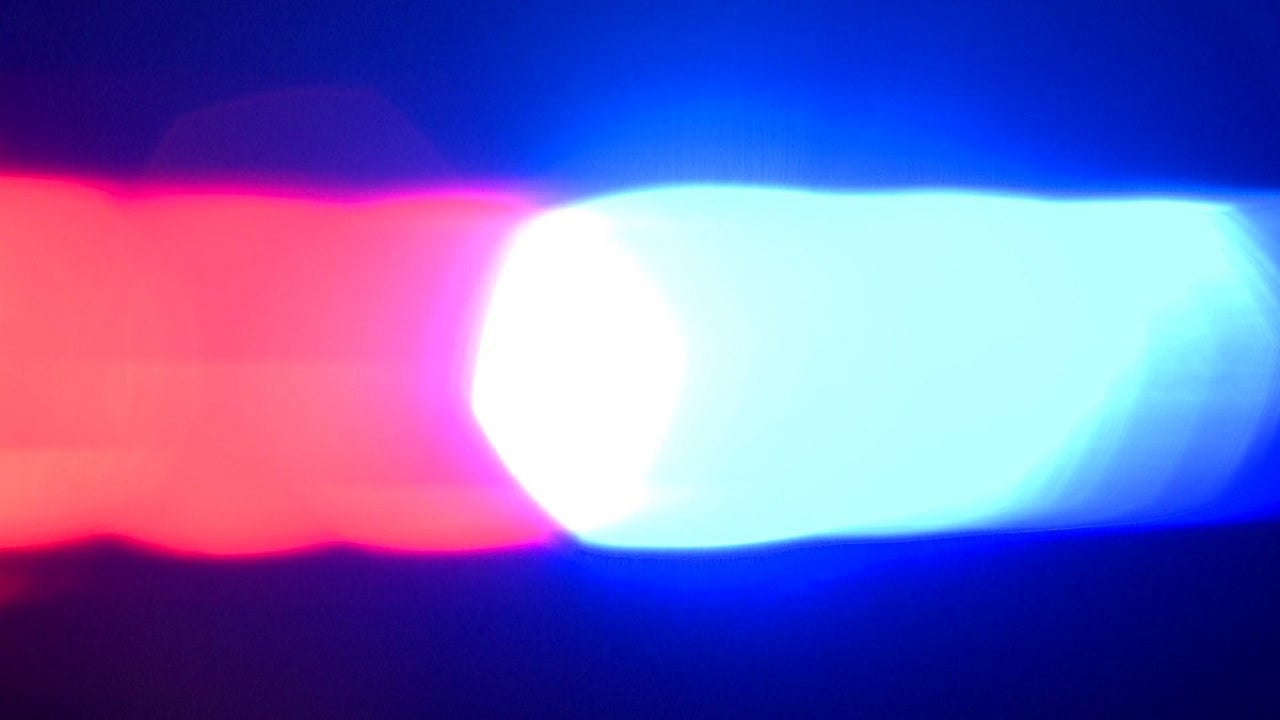
 Crypto4 days ago
Crypto4 days agoTexas brothers charged in cryptocurrency kidnapping, robbery in MN
-

 World4 days ago
World4 days agoSyria’s new president takes center stage at UNGA as concerns linger over terrorist past
-

 Technology4 days ago
Technology4 days agoThese earbuds include a tiny wired microphone you can hold
-

 Culture4 days ago
Culture4 days agoTest Your Memory of These Classic Books for Young Readers

